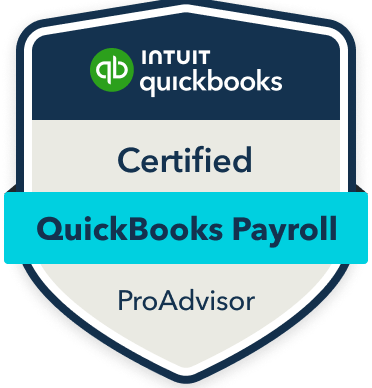5 Key Metrics Every Business Owner Should Track in Their Books
Your books hold the key to your business’s financial health, but with so much data, it’s easy to feel overwhelmed. Focusing on the right metrics simplifies financial management and drives strategic decisions. In this post, we explore five essential metrics every business owner should track to improve profitability, boost cash flow, and streamline operations.


5 Key Metrics Every Business Owner Should Track in Their Books
As a business owner, your financial books hold the key to understanding and managing the health of your business. But with so much data at your fingertips, how do you know which numbers truly matter? Focusing on the right metrics can provide actionable insights and guide your decision-making process.
Here are the five key metrics every business owner should track, along with a detailed breakdown of their importance and how to effectively monitor them:
1. Revenue
Your revenue, also known as your top-line income, reflects the total amount of money your business earns from sales or services. It’s a foundational metric that indicates growth trends and helps you measure the success of your sales efforts.
Why It Matters:
Provides a clear indicator of business growth or stagnation.
Forms the basis for other key calculations, such as profitability and gross margin.
Helps set sales targets and measure performance against goals.
How to Track:
Use your bookkeeping software to generate detailed revenue reports by month, quarter, and year.
Segment revenue by product, service, or sales channel to identify high-performing areas.
Monitor trends to understand seasonality or the impact of marketing campaigns.
2. Profitability (Net Profit)
Net profit is what’s left after you subtract all your expenses from your revenue. It’s the true measure of your business’s financial health and efficiency.
Why It Matters:
Shows how much money is available for reinvestment, growth, or distribution.
Highlights whether you’re operating sustainably or need to adjust costs.
Helps compare your performance against industry benchmarks.
How to Track:
Regularly review your profit and loss (P&L) statement to monitor net profit.
Break down expenses into categories (e.g., payroll, rent, marketing) to pinpoint areas for cost-saving.
Compare year-over-year profit margins to gauge long-term trends.
3. Cash Flow
Cash flow measures the movement of money in and out of your business. Even a profitable business can fail if it doesn’t have enough cash to meet its obligations.
Why It Matters:
Ensures you have liquidity to cover day-to-day operations, payroll, and unexpected expenses.
Highlights potential cash shortages before they become critical.
Provides insight into your ability to invest in growth opportunities.
How to Track:
Generate a cash flow statement to track inflows and outflows.
Monitor operating cash flow separately from financing and investing activities.
Use projections to plan for future expenses and avoid liquidity crises.
4. Accounts Receivable and Accounts Payable
Accounts receivable (AR) tracks money owed to you by customers, while accounts payable (AP) tracks money you owe to suppliers.
Why It Matters:
AR: Delays in collecting receivables can strain cash flow and limit growth.
AP: Staying on top of payables avoids late fees, maintains vendor relationships, and ensures operational stability.
How to Track:
Use aging reports to monitor overdue invoices and payment obligations.
Set clear payment terms for both customers and vendors to streamline collections and payments.
Automate reminders for overdue AR and prioritize payments for AP to maintain credibility.
5. Gross Margin
Gross margin is the percentage of revenue left after accounting for the cost of goods sold (COGS). It’s a vital metric for understanding how efficiently you’re producing or delivering your product or service.
Why It Matters:
Reflects your pricing strategy and production efficiency.
Helps identify areas to cut costs without sacrificing quality.
Provides a benchmark to compare against competitors.
How to Track:
Calculate gross margin using the formula:
Gross Margin = [(Revenue - COGS) / Revenue] × 100
Track gross margin by product or service line to identify profitability drivers.
Monitor changes over time to ensure consistent or improving performance.
Putting It All Together
Tracking these five metrics consistently will give you a comprehensive view of your business’s financial health. Here’s how to make it manageable:
Automate Reporting: Use your bookkeeping software to schedule regular reports for each metric.
Set Benchmarks: Compare your performance to industry standards to identify strengths and weaknesses.
Seek Expert Advice: Work with a bookkeeper or financial advisor to interpret trends and make strategic decisions.
By focusing on these key metrics, you’ll be better equipped to make informed decisions, identify opportunities, and navigate challenges with confidence. Remember, your numbers tell a story—make sure you’re reading it correctly!








